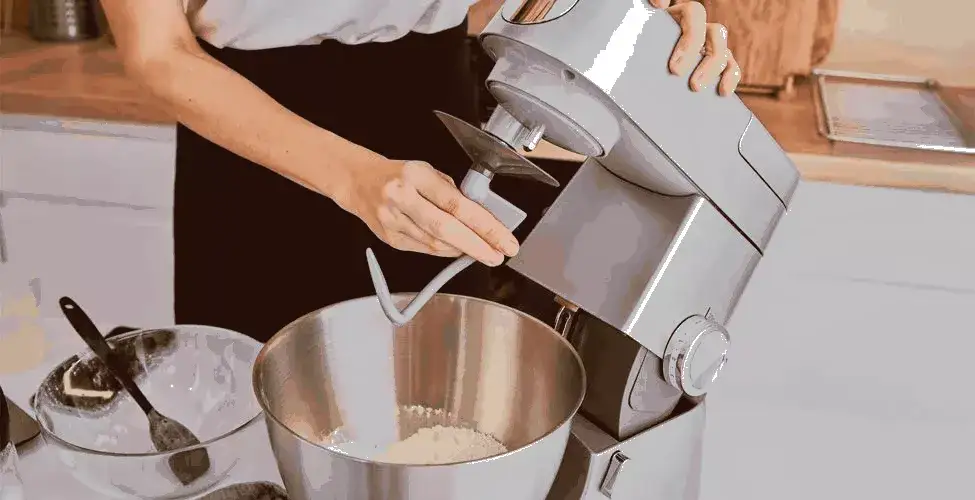Commercial mixers are built to withstand heavy volumes, but like any piece of commercial foodservice equipment, the longevity of your investment will depend on how it’s used and maintained.
Keeping your mixer clean when not in use can greatly impact its longevity. The following are some general dos and don’ts to ensure you continue to get the most out of your commercial mixer.
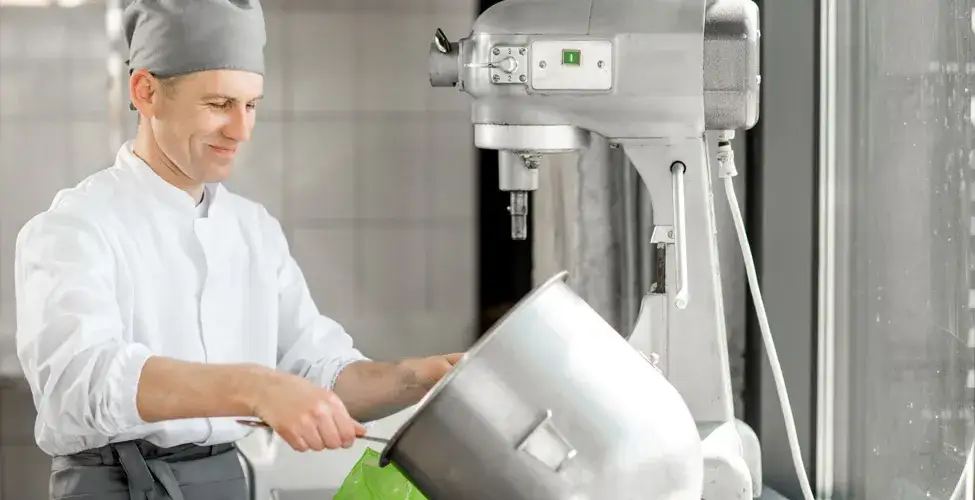
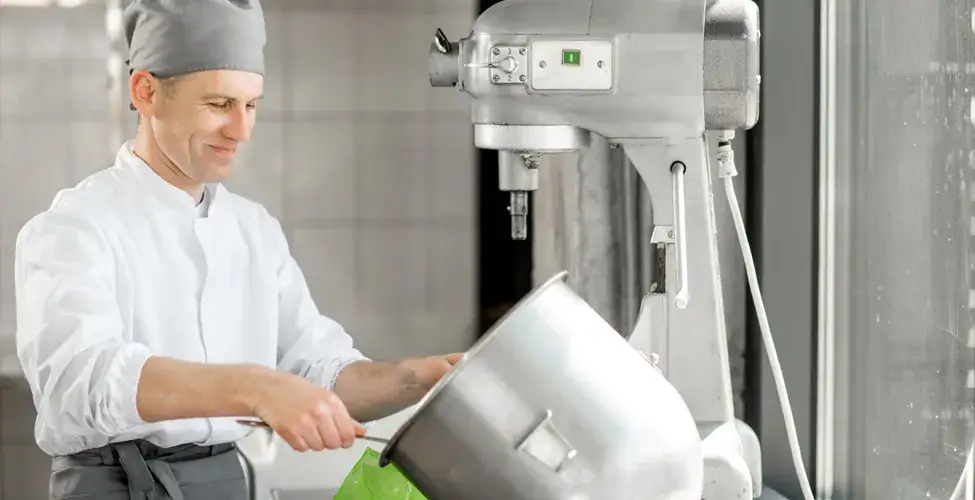
Operating Your Mixer: Dos & Don’ts
The most frequent issue that wears down standard planetary mixers is overloading them. This can cause undue stress on the motor and damage essential attachments like the dough hook, wire whip, or flat beater. A good indication of whether your mixer is overloaded is if it sounds louder than usual. If you notice this, turn it off and reduce the batch amount.
Before operating your mixer, you should also determine the absorption ratio (the weight of water divided by the weight of flour). The mixture will expand in the bowl, so you’ll want to account for that prior to operating, leaving extra space for the product to mix consistently. These calculations are important since changes in water temperature or the density of gluten in your chosen flour can change the balance.
Download this printable mixer capacity chart from Globe Food Equipment for an easy reference. You can also use Globe’s interactive mixer capacity calculator to determine the right batch size and mixer for your needs.
Do:
- Know your mixer capacity
- Follow the absorption ratio
- Ensure staff is properly trained on operating and cleaning the mixer
- Ensure bowl clamps are locked securely in place
- Turn off mixer before changing speeds
Don’t:
- Overload the mixer
- Fill the bowl to the brim
- Shift gears while the mixer is running
- Use attachments on the hub while mixing
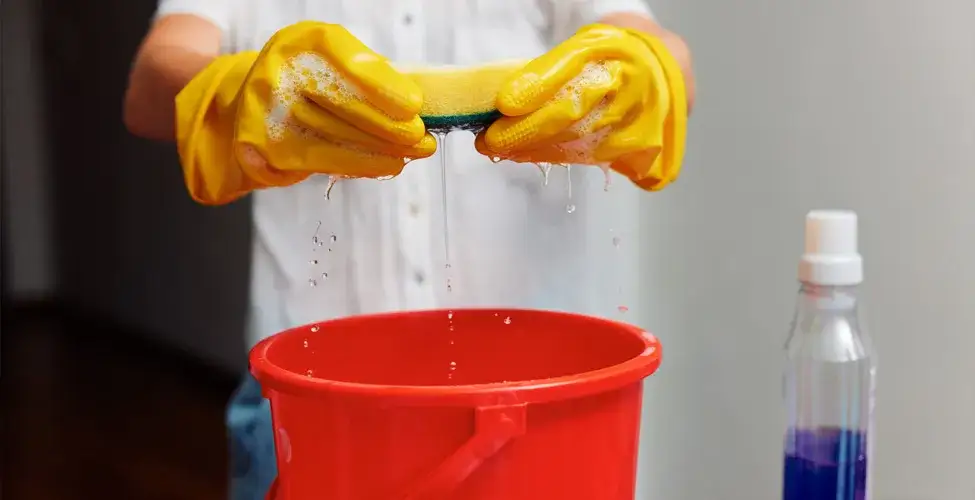
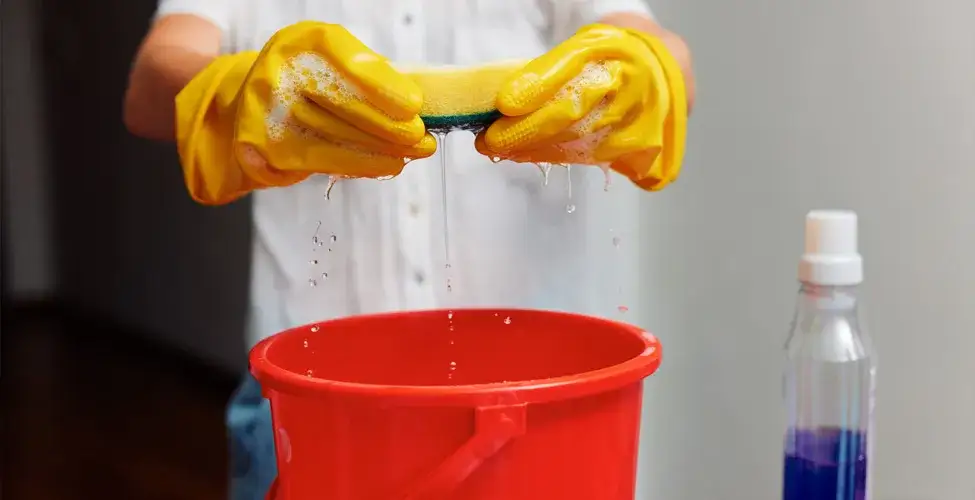
Cleaning Your Mixer: Dos and Don’ts
Just like any piece of heavy equipment or frequently used kitchen gear, cleaning is crucial to extend the life of the equipment and maintain the integrity of your finished product. Fortunately, most commercial mixers are constructed with stainless steel so they are relatively easy to keep clean. Cleaning the inside of a mixer is easy with the following steps.
Do:
- Handwash parts with mild soap and hot water, fully drying before putting back together
- Properly dilute detergent and sanitizer for the supplier’s instructions
- Clean agitators, bowl, bowl guard, and rear splash after each use
- Clean the exterior at least once a day
- Use a cleaning checklist to ensure nothing gets missed
- Review the owner’s manual thoroughly for additional cleaning steps unique to that mixer
- Check for loose pieces and parts, tightening screws and bolts
Don’t:
- Use bleach or bleach-based cleaner
- Use a water hose or pressure wash
- Use steel wool, scrubber pads, or other abrasive materials that could scratch or damage your equipment
Lubricating Your Mixer
Overall, commercial mixers are easy to maintain and care for. They’re not all that different from regular cleaning and maintaining of other traditional commercial foodservice equipment. One additional step that can vastly enhance the life expectancy of your mixer is periodically lubricating some of the components that come in frequent contact during operation, such as the rails and bowl lift, and the bowl clamps.
Often, the rails get coated with dry, doughy, or moist ingredients, and regular lubrication helps ease of cleaning and overall functionality. If raising or lowering the bowl begins to become difficult, lubricating the bowl rails will enhance the smoothness of operation. It is one of the best ways to preserve and extend the life expectancy of your investment.
Do:
- Clean the mixer before applying any oil
- Use food-grade oils with routine tasks like removing attachments
- Lubricate the planetary shaft after every cleaning
- Lubricate the bowl rails at least once a month





